Choosing how to display your TV is more than just picking a spot on the wall or buying a stand. Your decision affects how you use your room and how it looks.
Both TV stands and wall mounts have distinct advantages. Your choice will shape your room's layout, influence furniture placement, and even change how spacious your room feels.
In this guide, we'll compare these options to help you make an informed choice that fits your space, lifestyle, and personal needs.
TV Stand vs. Wall Mount: The Quick Answer
- Choose a TV Stand if: You like moving furniture around, need storage for all your devices, and don't want to drill holes in walls. Perfect for renters or people who rearrange their rooms often.
- Choose a Wall Mount if: You're after a clean, minimal look, working with tight floor space, or keeping TVs away from kids and pets. It looks sleek and modern, but it means a more permanent setup.
TV Stand vs. Wall Mount: A Detailed Comparison
| Feature | TV Stand | Wall Mount |
|---|---|---|
| Storage Space | High (Built-in shelves & cabinets) | None (Requires other furniture) |
| Installation | Easy (Simple, fast assembly) | Complex (Requires drilling & leveling) |
| Mobility | High (Easy to move and rearrange) | Low (Fixed, permanent position) |
| Aesthetics | Acts as a furniture centerpiece | Sleek, minimalist, and space-saving |
| Cable Management | Often built-in and easy to hide | Can be challenging to hide wires |
| Safety | Good (Risk of tipping) | Excellent (Securely fixed to the wall) |
The Pros and Cons of Using a TV Stand
TV stands have been the go-to choice for decades, and it's worth understanding why they work so well for many people.
Pros
- Tons of Storage: All your gaming gear, sound equipment, and decorations get a proper home in one convenient spot.
- Simple Setup: No drilling means happy landlords and quick assembly—you'll be watching TV in no time.
- Total Flexibility: Rearranging your room becomes a breeze when you can just slide everything to a new location.
- Easy Access: Hooking up that new gaming console takes seconds when you can reach all the ports.
Cons
- Takes Up Floor Space: Small rooms might feel even smaller with a bulky piece of furniture.
- Safety Concerns: Little ones and pets might turn it into a climbing gym, creating a tipping risk.

The Pros and Cons of Wall Mounting
Wall mounting delivers that sleek, modern look you see in magazines, but it comes with trade-offs worth considering.
Pros
- More Room to Move: Your floor stays clear, making even tiny spaces feel more open.
- Rock-Solid Safety: The TV stays firmly attached to the wall, well out of curious hands and paws.
- Clean Modern Style: Nothing beats that floating TV look for a minimalist aesthetic.
- Perfect Viewing Height: Place it exactly where your neck will thank you during movie marathons.
Cons
- Installation Headaches: Finding studs, drilling straight, and getting it level often means calling in the pros.
- Cable Nightmares: Adding new devices later means wrestling with cables behind a mounted TV.
- Storage Puzzle: Your cable box and game consoles need a new home somewhere else.
- Wall Damage: Those mounting holes will haunt you when it's time to move out.

TV Stand vs Wall Mount: Which One Should You Choose?
TV stands and wall mounts each have their benefits and drawbacks. Which one is better for you depends on what factors you value most.
Space-saving: Wall mount
If you have limited space in your room, especially in a small home or apartment, hanging your TV on the wall frees up valuable floor space and makes room for other furniture and decorations, giving you more design possibilities.
Easy to install: TV stand
Installing a TV stand is much easier. It usually only requires a few steps of assembly and does not require any complicated tools or special skills.
A wall-mounted TV, on the other hand, requires drilling, measuring, and fixing, and may even require the collaboration of multiple people or even the help of professionals.
Storage: TV stand
Most TV stands come with built-in storage, so you can easily place your game console, Blu-ray player, stereo, or other entertainment equipment.
In contrast, wall-mounted installations lack this additional storage space, and you will need to find a suitable place for these devices.
Viewing experience: Wall mount
Wall-mounted TVs often come with tilting or swiveling functions, which can adjust the screen angle according to your needs and provide a more personalized viewing experience. The height and angle of a TV stand are fixed.
Cost: Wall mount
Wall-mounted bases are relatively inexpensive, and you can even find simple models for as little as $50. However, there may be some additional costs involved in the installation.
In contrast, TV stands have a wider price range, usually starting at $100 or more, depending on the material and design.
Flexibility and mobility: TV stand
If you like to change the layout of your room frequently, a TV stand is more flexible in this respect. It can be moved at any time without the need for additional installation or dismantling work.
A TV mounted on the wall, on the other hand, is fixed in place and can only be moved with the hassle of having to drill new holes.
Ready to Find Your Perfect TV Stand?
After weighing the pros and cons, if a TV stand feels like the right fit for your lifestyle, it's time to find one that works for your space. At Belleze, we've got TV stands for every style and size—whether you're into that clean modern look or cozy farmhouse vibes. Some even come with built-in fireplaces or LED lighting for extra ambiance.
→ Shop All TV Stands at Belleze

Conclusion
Choosing a TV stand or wall mount really comes down to your needs and what you like. Want a flexible setup with some storage? A TV stand could be perfect. Prefer saving space and a super clean look? Go for a wall mount.
Ultimately, it's about finding the most comfortable and practical fit for your lifestyle and room, truly enhancing your viewing and home atmosphere.
Read More:
Can You Use a Sideboard as a TV Stand?












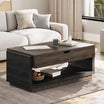






















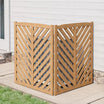
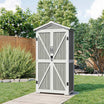
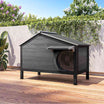

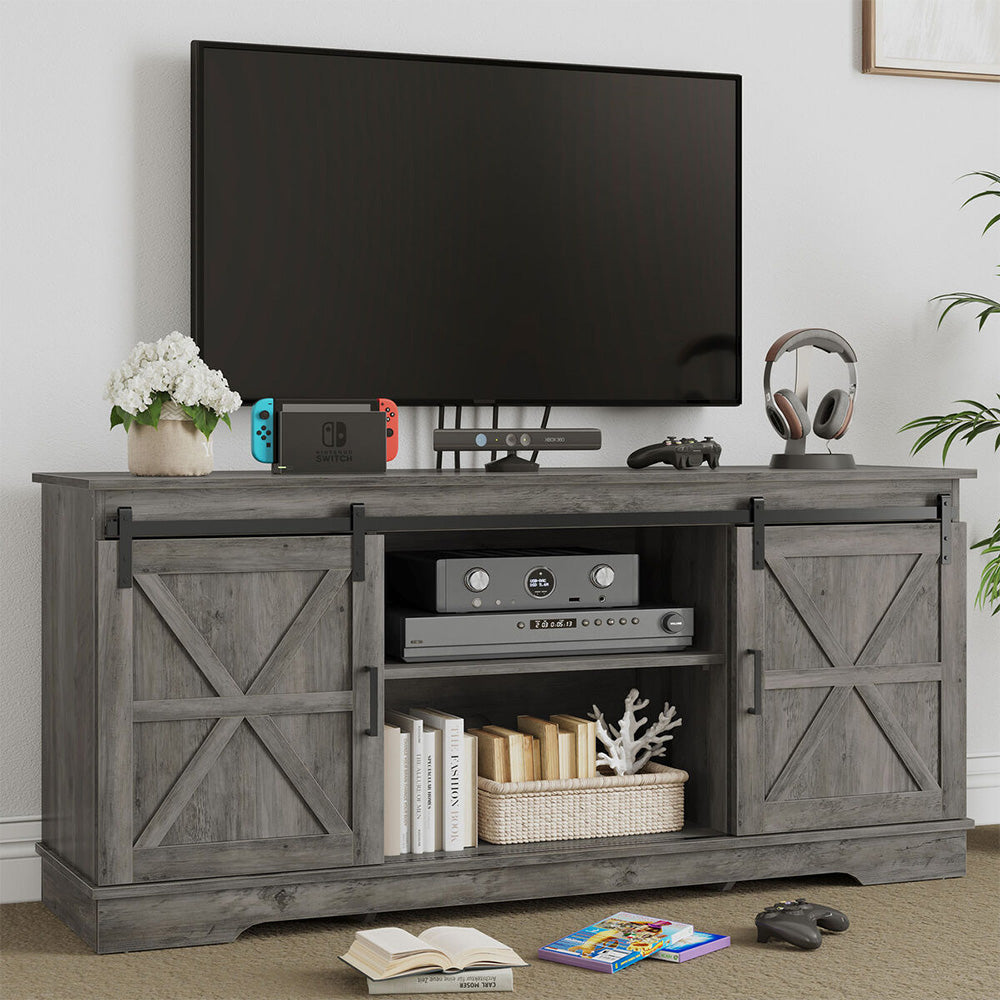
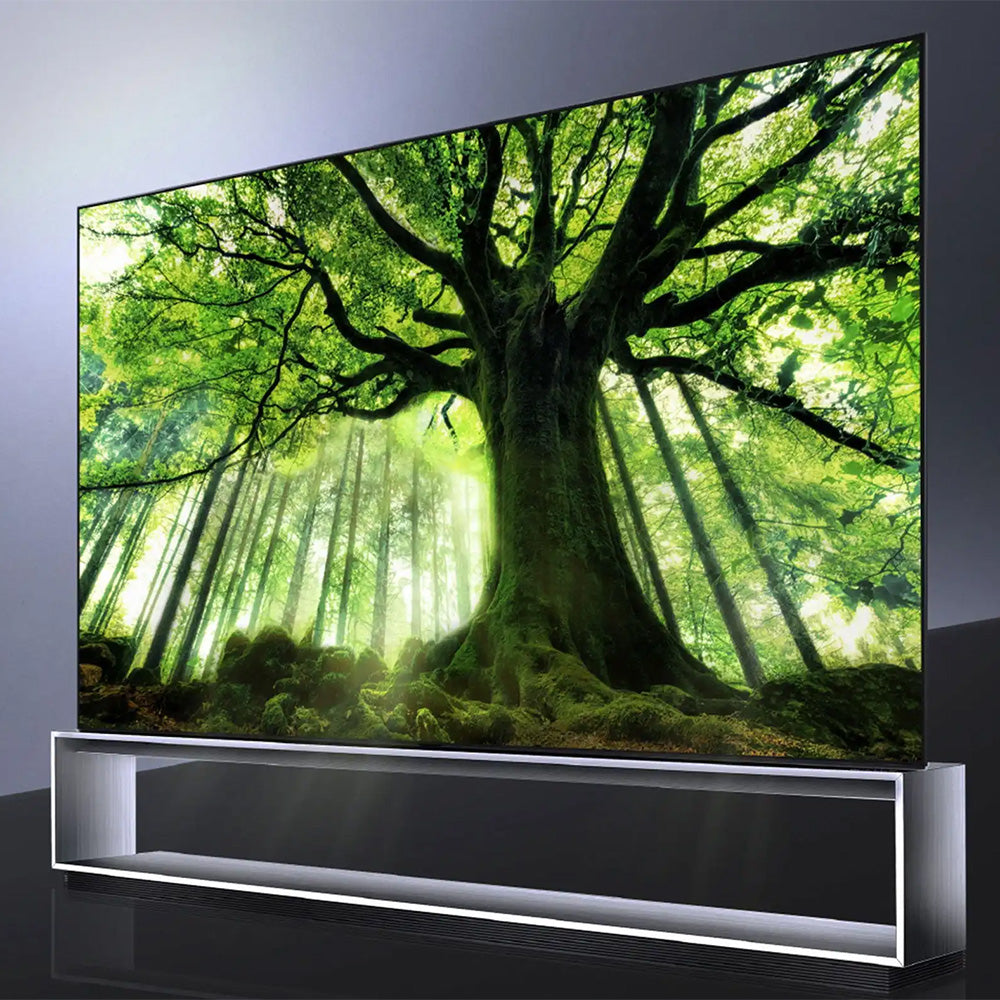
Leave a comment
This site is protected by hCaptcha and the hCaptcha Privacy Policy and Terms of Service apply.